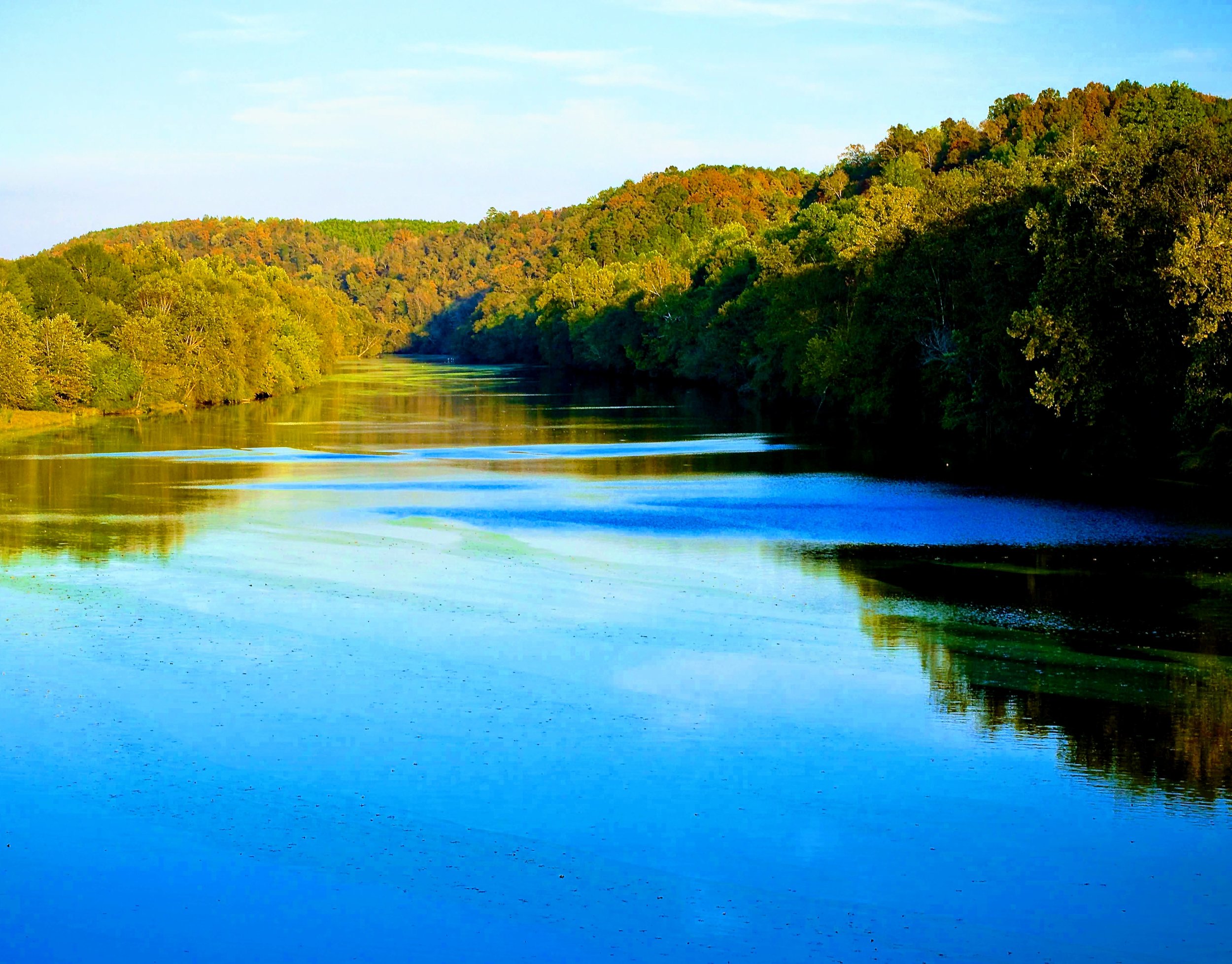The Great Escape: River Run from Crockett
Black Warrior Town, located at the confluence of the Sipsey and Mulberry Forks of the Black Warrior River in Walker County, was the northernmost settlement of the Creek Nation.
In the fall of 1813 Andrew Jackson, then a general, sent the Tennessee Militia to destroy the town. Davy Crockett led the way. Over 800 troops arrived, surrounded the village, observed it through the night while fires burned and people milled about, and then invaded at dawn. The town was eerily quiet and deserted. The troops flushed out five or six old men, but every other man, woman, and child was gone. The militia stole the food stores, which sustained its soldiers for a year. Colonel John Coffee ordered the town burned which had over sixty houses. We were able to gain a historical marker regarding this in 2017.
We knew that the micalgi (lesser chief), Oceochemathla, had prepared for this and was instrumental in leading the people to safety. We have now found out that the mico (greater chief), Black Warrior or Little Warrior, and four or five elderly men stayed behind to keep the fires burning and give the impression that people were still in the town. So when the Tennessee Militia surrounded what they believed was a populated village, the residents were actually several miles down river near the present day town of Cordova. Black Warrior was shot by a young militiaman, and so he gave his life protecting his people.
This October 16th we are having a kayak race, The Great Escape: River Run from Crockett. The race will begin near the center of the former Black Warrior Town, and it will end in present day Cordova. The race commemorates this event by traveling the same stretch of river the Creeks took all those years ago to get to safety.


